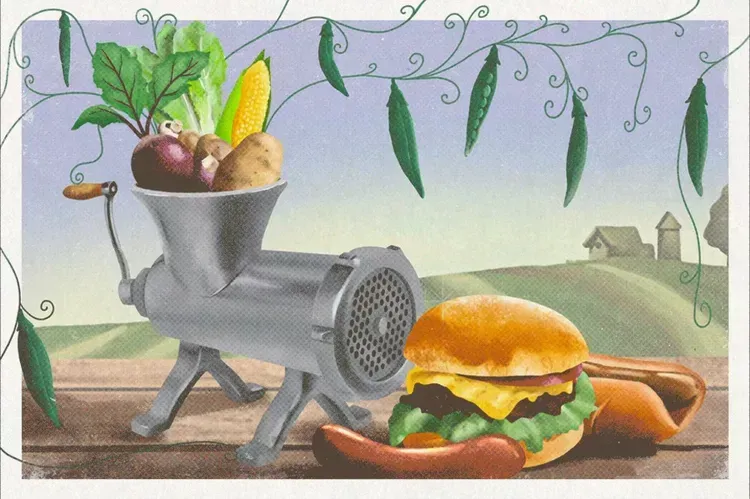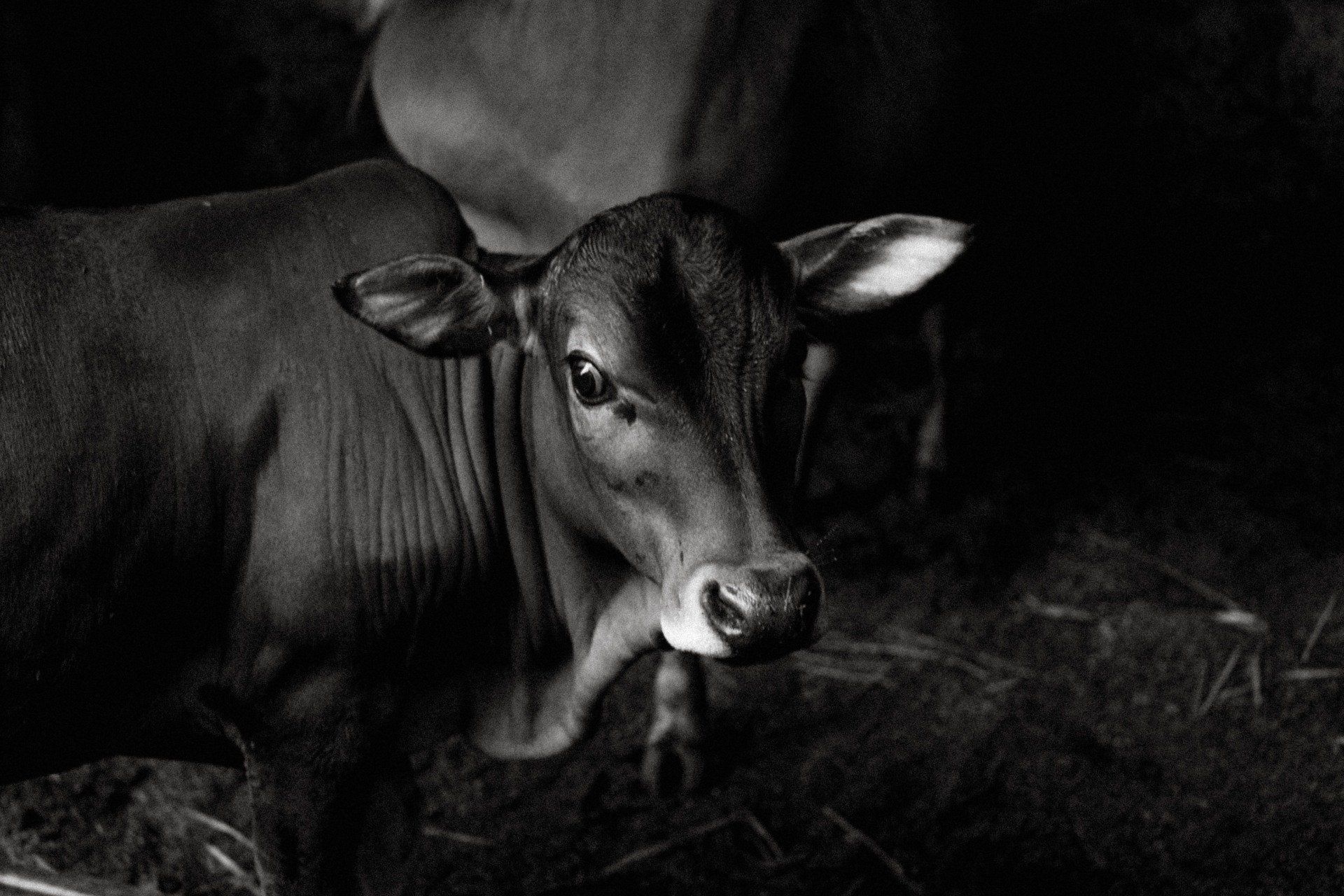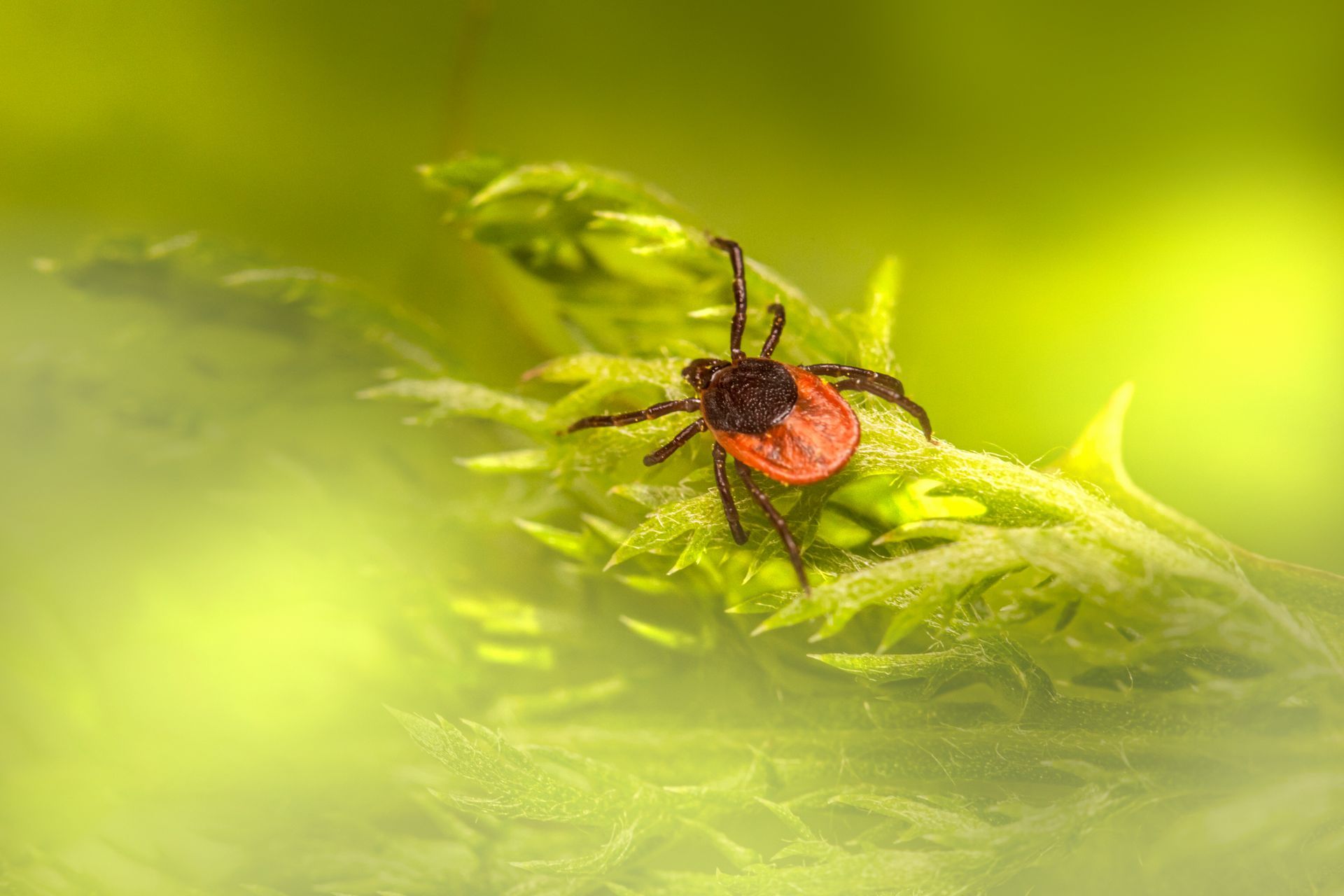Water Use and Irrigation Timing for Corn
Hubner Seed™ | Corn, Soybean & Specialty Seed for Eastern Fields
- Crop water use is influenced by weather conditions, crop growth stage, and several other factors. Corn water use rates peak during the early reproductive stages.
- When corn does not receive enough water to meet evapotranspiration demands during the reproductive growth stages, significant reductions in yield can occur.
- Understanding how corn water use changes throughout the season can help guide more efficient irrigation applications.
Evapotranspiration (ET)
The terms crop water use and evapotranspiration (ET) are used synonymously to describe the movement of water through evaporation (E) from the soil and plant surfaces and transpiration (T) through the plant. Transpiration is the movement of water from the soil into plant roots, through plant stems and leaves, and back out into the atmosphere. Transpiration is an important concept because yield is related to the amount of water a plant transpires. Understanding corn water use and the factors that affect it can help guide more efficient irrigation applications.
Factors that Influence ET
Corn water use will fluctuate throughout the season depending on weather conditions and crop growth stage (Figure 1). Factors that will affect ET and irrigation decisions include:
Crop growth stage.
Corn water requirements change throughout the season. Young plants transpire less than larger plants due to a smaller leaf surface area. Corn requires the most water just prior to and during the reproductive growth stages.
Relative maturity. A full-season corn product will use more water over the course of the season compared to a shorter-season product grown in the same location. While longer-season corn products use more water, they may also have a higher yield potential if heat units and adequate water are available.
Weather conditions.
The ability of the atmosphere to evaporate water is the driving force for soil water evaporation and transpiration. Daily ET is influenced by solar radiation, air temperature, relative humidity, and wind. High air temperatures, low humidity, clear skies, and high winds cause a large evaporative demand.
Soil water holding capacity and soil water content.
Soil type dictates the maximum amount of water a soil can hold and how much of that water will be available to plants. Fine textured soils can hold more water than coarse textured soils. As the soil dries, it becomes more difficult for plants to extract water. When the soil water profile is full (field capacity), plants use water at the maximum rate. As the water content of the soil drops, plants are less able to extract the water.
Residue management / Tillage system.
The soil water evaporation component of ET can be reduced with conservation tillage and increased surface crop residue. Tillage increases the exposed surface area of the soil which increases evaporation and runoff, destroys crop residue that can catch rain and snow, and may reduce water infiltration because of compaction that can be created during the tillage process. Surface residue helps increase infiltration rates by limiting the amount of surface sealing created by rainfall and irrigation droplets. Surface residue also helps reduce runoff by creating obstructions that limit water movement and allow more time for water to seep into the soil profile.
Corn Water Use and Irrigation Requirements by Growth Stage
High yielding corn requires approximately 20 to 30 inches of water per year depending on planting date, maturity group, location, and weather conditions.1 Corn requires the most water during the early reproductive growth stages (Table 1), which are also the most sensitive stages to water stress. Significant reductions in yield can occur if corn does not receive enough water to meet ET demands during this critical water use period.
Planting.
Corn uses very little water during the seedling stage. If early-season precipitation and stored soil moisture are adequate for seedling emergence and early plant development, irrigation is not recommended immediately following planting. Without the plant canopy to shade the soil surface, much of the irrigation would be lost to evaporation. Farmers should rely on stored soil moisture and natural precipitation as much as possible during the early growth stages.
Vegetative stages.
The vegetative stages of corn are often considered the least sensitive stages to water stress. If irrigation supplies are limited, the vegetative stages may provide an opportunity to reserve irrigation for the reproductive stages where it will have the most impact on yield potential.
Early reproductive stages.
Corn water use peaks during the early reproductive stages. Water stress should be avoided during tasseling, silking, and pollination. Water stress during silking can have the greatest impact on yield potential due to desiccation of the silks and pollen grains, which will result in poor pollination.2 Corn water demands often exceed precipitation amounts during these critical growth stages. It is important to plan ahead by knowing the capacity of the irrigation system to ensure that adequate water is available to the crop through these stages.
Dough through dent stages.
Corn water use rates steadily decrease from the dough stage through maturity due to a lower evaporative demand (shorter days, lower temperatures, lower solar radiation), a loss of transpiring leaf area as lower leaves begin to die, and changes in plant physiology.2 Corn will still need roughly 30% of its seasonal water requirement at the beginning of the dough stage (Table 2). For optimal grain development and maximum yield potential, corn requires water right up until physiological maturity. Water stress during dough through dent stages can accelerate maturity, prohibiting kernels from reaching their full potential size and weight.3
Maturity.
Water is no longer needed for kernel growth after physiological maturity (black layer) and no yield benefits can be achieved with additional irrigation. Allowing soils to dry at maturity is a good strategy for avoiding compaction that can be caused by harvesting machinery on wet soils.
Sources:
1 Schneekloth, J. and Andales, A. Seasonal water needs and opportunities for limited irrigation for Colorado crops. No. 4.718. Colorado State University Extension. www.ext.colostate.edu
2 Kranz, W.L., Irmak, S., van Donk, S.J., Yonts, C.D., and Martin, D.L. 2008. Irrigation management for corn. NebGuide G1850. University of Nebraska-Lincoln Extension.
3 Lamm, F.R. and Abou Kheira, A.A. 2009. Corn irrigation macromanagement at the seasonal boundaries – initiating and terminating the irrigation season. Proceedings of the 2009 CPIC. Colby, Kansas, Feb 24-25. Web sources verified 3/31/15. 140421060305
You might also like
Jaynie Norman


